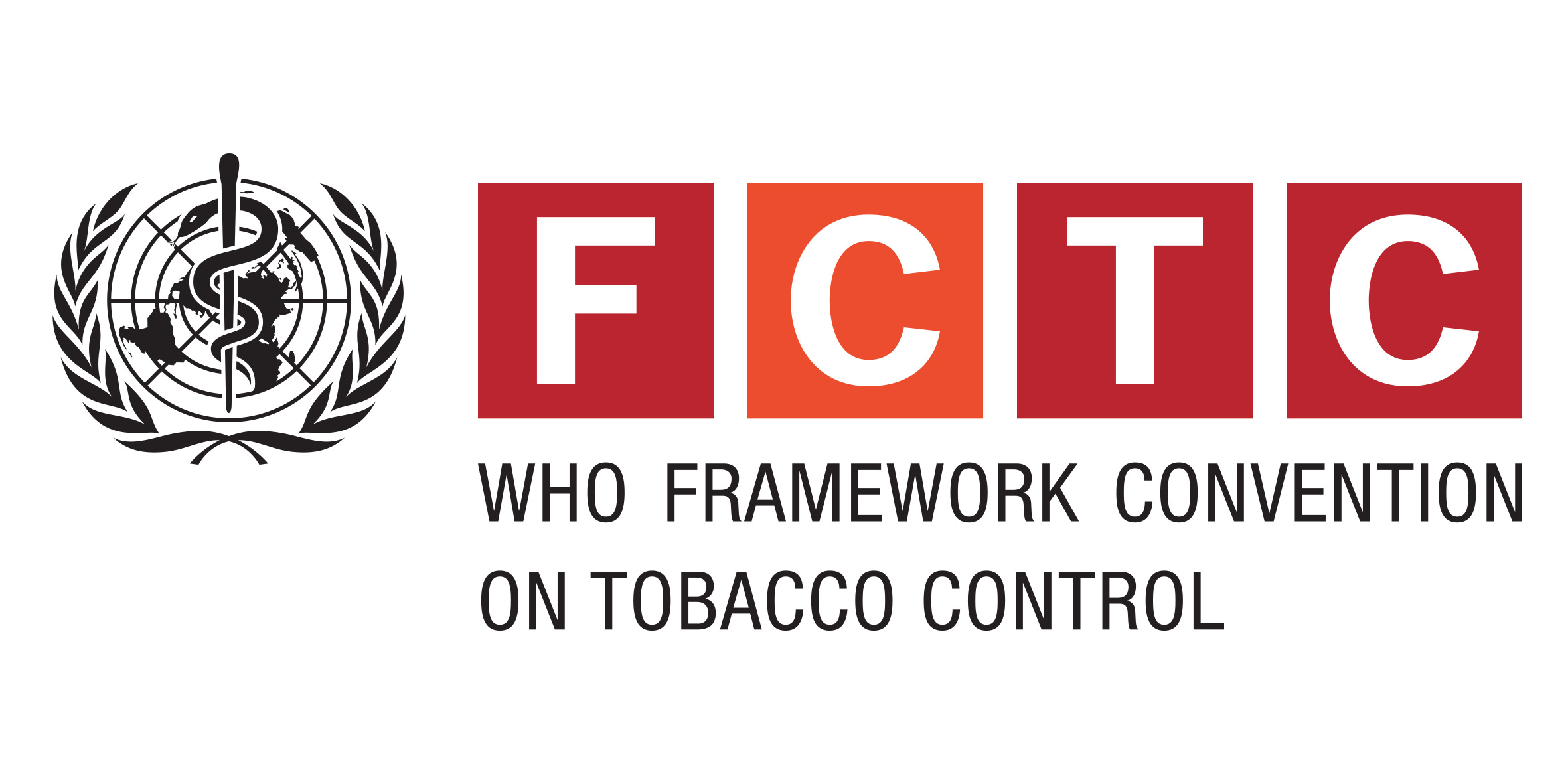Book, Section
Print(0)
CI: (c) 2015
Boca Raton (FL)
9781466565982
PMID: 26269903
eng
Review; Book Chapter
NBK299203 [bookaccession]
Unknown(0)
26269903
Concussions and mild traumatic brain injury (TBI) represent a substantial portion of the annual incidence of TBI aided by the increased reporting of concussions in youth sports, and the increased exposure of soldiers to blast injuries in the war theater. The pathophysiology of concussions and mild TBI consist predominantly of axonal injury at the cellular level and working memory deficits at the behavioral level. Importantly, studies in humans and in animals are making it clear that concussions and mild TBI are not merely a milder form of moderate-severe TBI but represent a separate disease/injury state. Therefore, acute and chronic treatment strategies, both behavioral and pharmacological, need to be implemented based on thorough pre-clinical assessment. The review in this chapter focuses on two under-studied components of the pathophysiology of mild TBI-the role of the c-Jun N-terminal kinase pathway in axonal injury, and the role of the dopaminergic system in working memory deficits. The growing awareness of the incidence of concussion in contact sports, coupled with the emergence of blast-related injuries in combat fighting, has heightened the urgency to understand the underlying mechanisms of mild brain trauma and devise potential therapeutic interventions. TBI in general, and mild TBI in particular, is considered a "silent epidemic" because many of the acute and enduring alterations in cognitive, motor, and somatosensory functions may not be readily apparent to external observers. Moderate to severe TBI is a major cause of injury-induced death and disability with an annual incidence of approximately 500 in 100,000 people affected in the United States (Sosin et al., 1989; Kraus and McArthur, 1996; Rutland-Brown et al., 2006). However, approximately 80% of all TBI cases are categorized as mild head injuries (Bazarian et al., 2005; Langlois et al., 2006). It is important to note that these approximations are underestimates because they do not account for incidents of TBI in which the person does not seek medical care (Faul et al., 2010). Recent estimates to correct for this underreporting have placed the annual incidence at approximately 3.8 million (Bazarian et al., 2005; Ropper and Gorson, 2007; Halstead and Walter, 2010). The Glasgow Coma Scale (GCS) score, which measures level of consciousness, has been the primary clinical tool for assessing initial brain injury severity in mild (GCS 13-15), moderate (GCS 9-12), or severe (GCS
Brain Neurotrauma: Molecular, Neuropsychological, and Rehabilitation Aspects
by Taylor & Francis Group, LLC
Laskowski,R.A., Creed,J.A., Raghupathi,R.
Kobeissy,F.H.
http://vp9py7xf3h.search.serialssolutions.com/?charset=utf-8&pmid=26269903
2015

